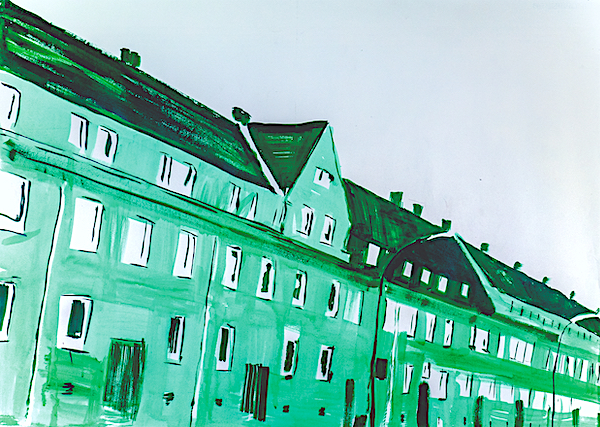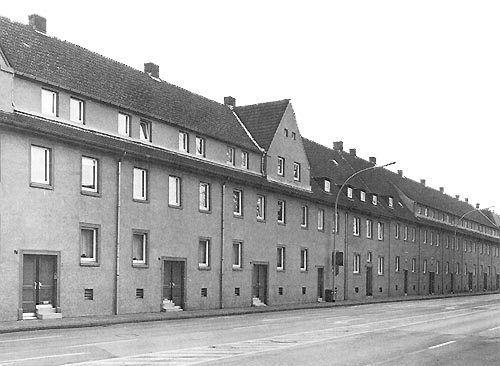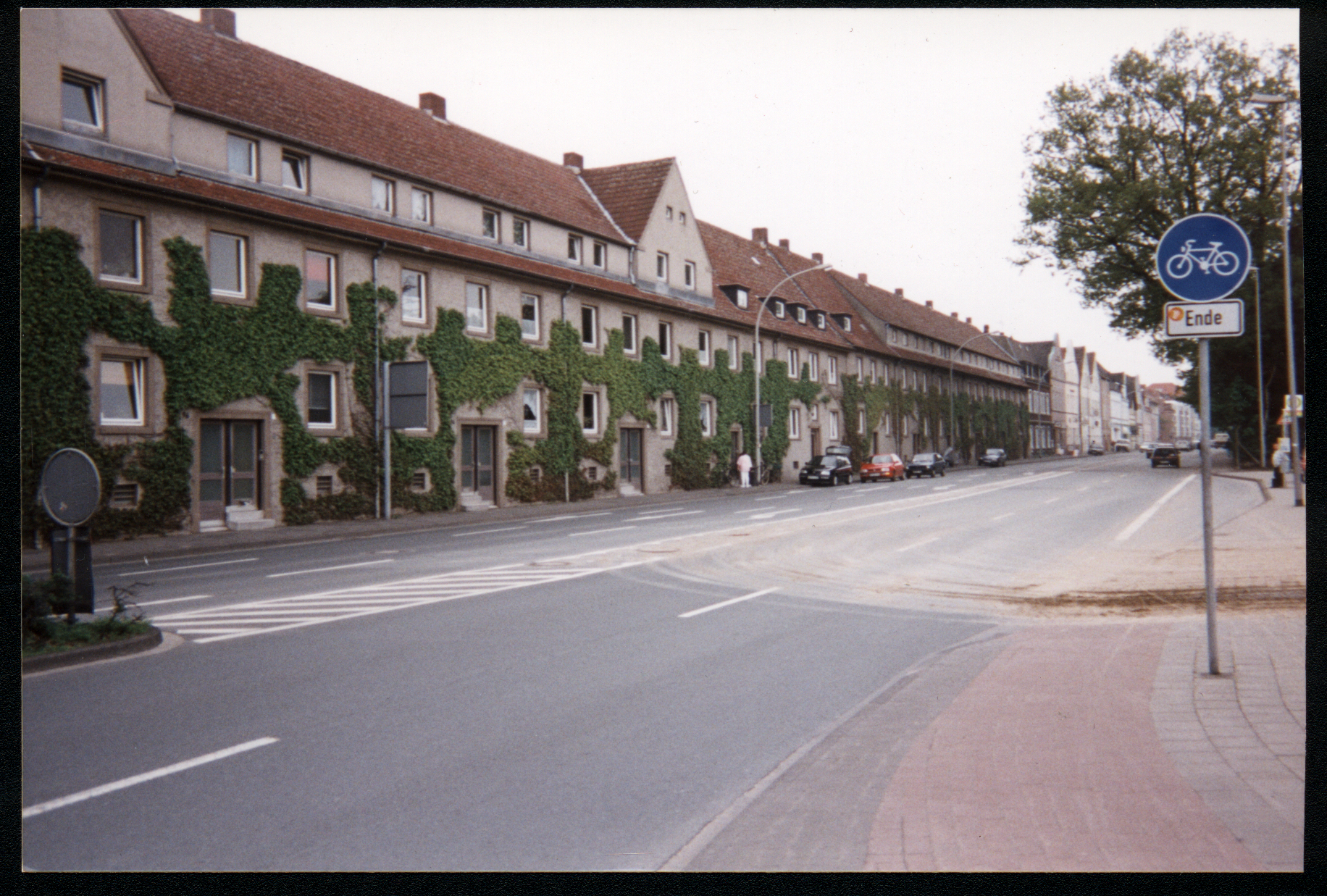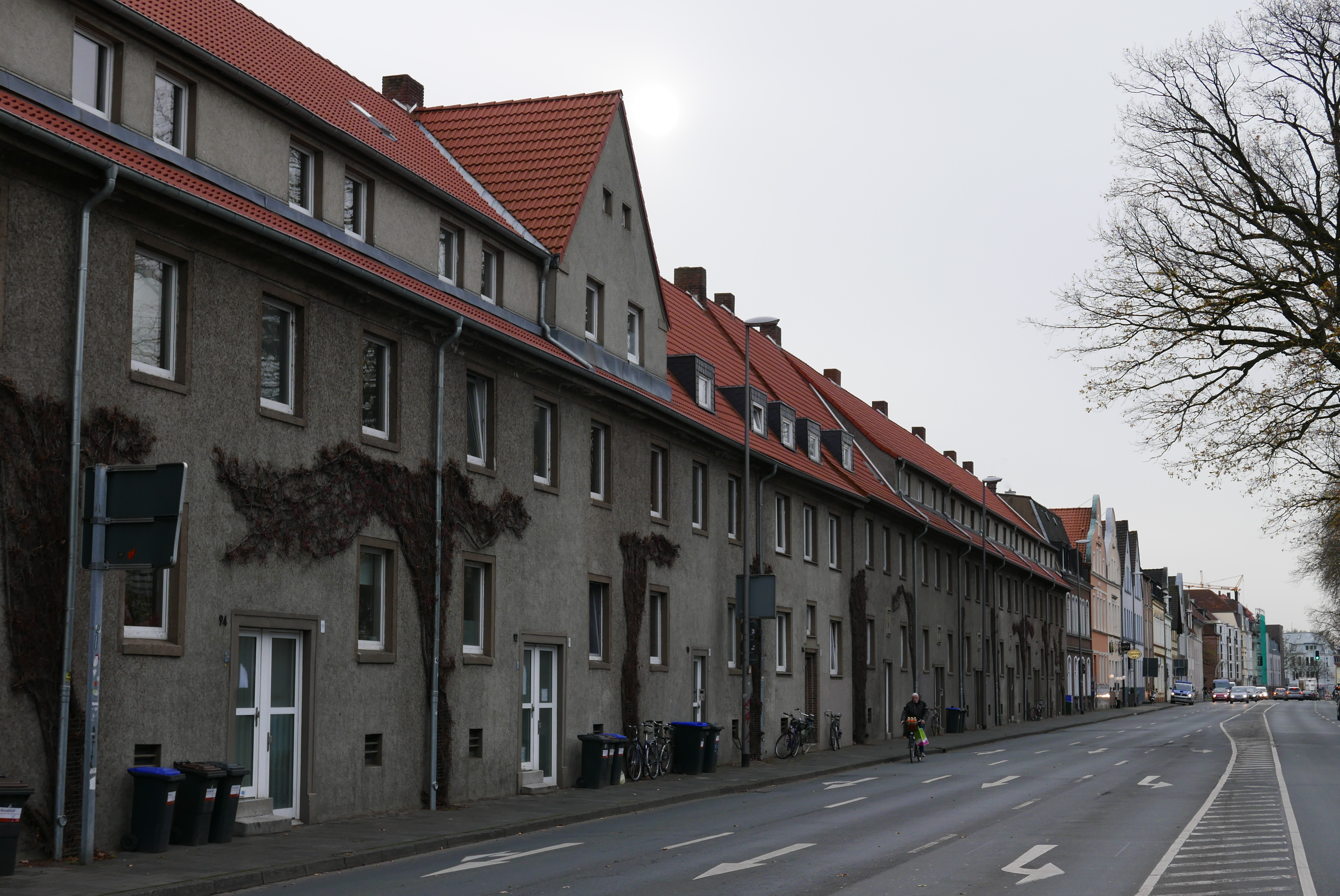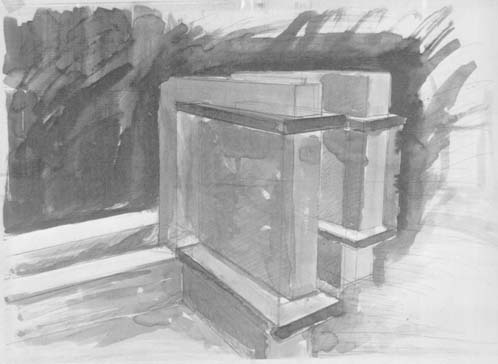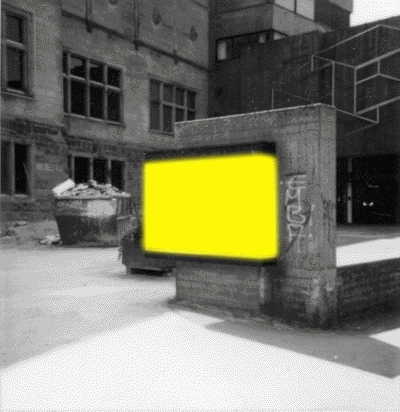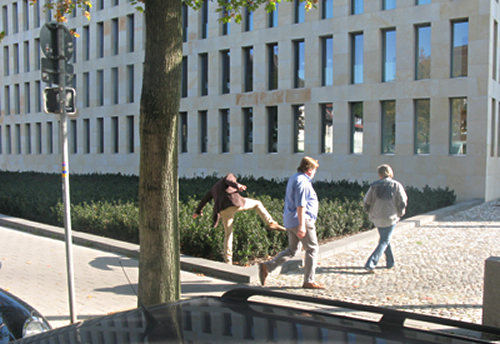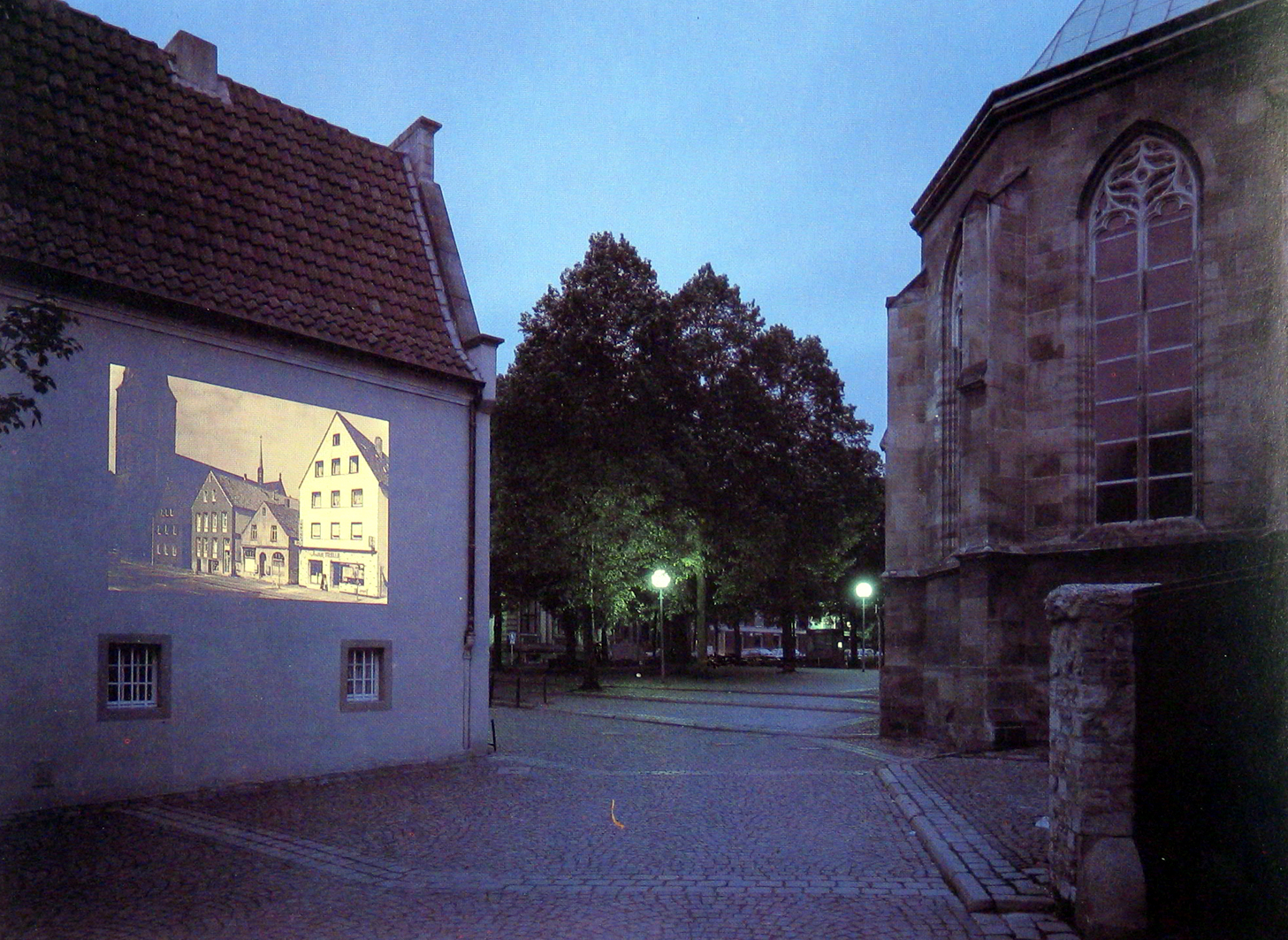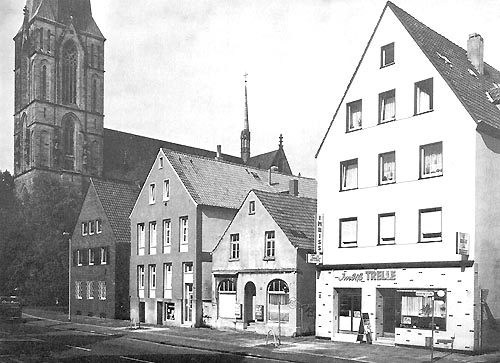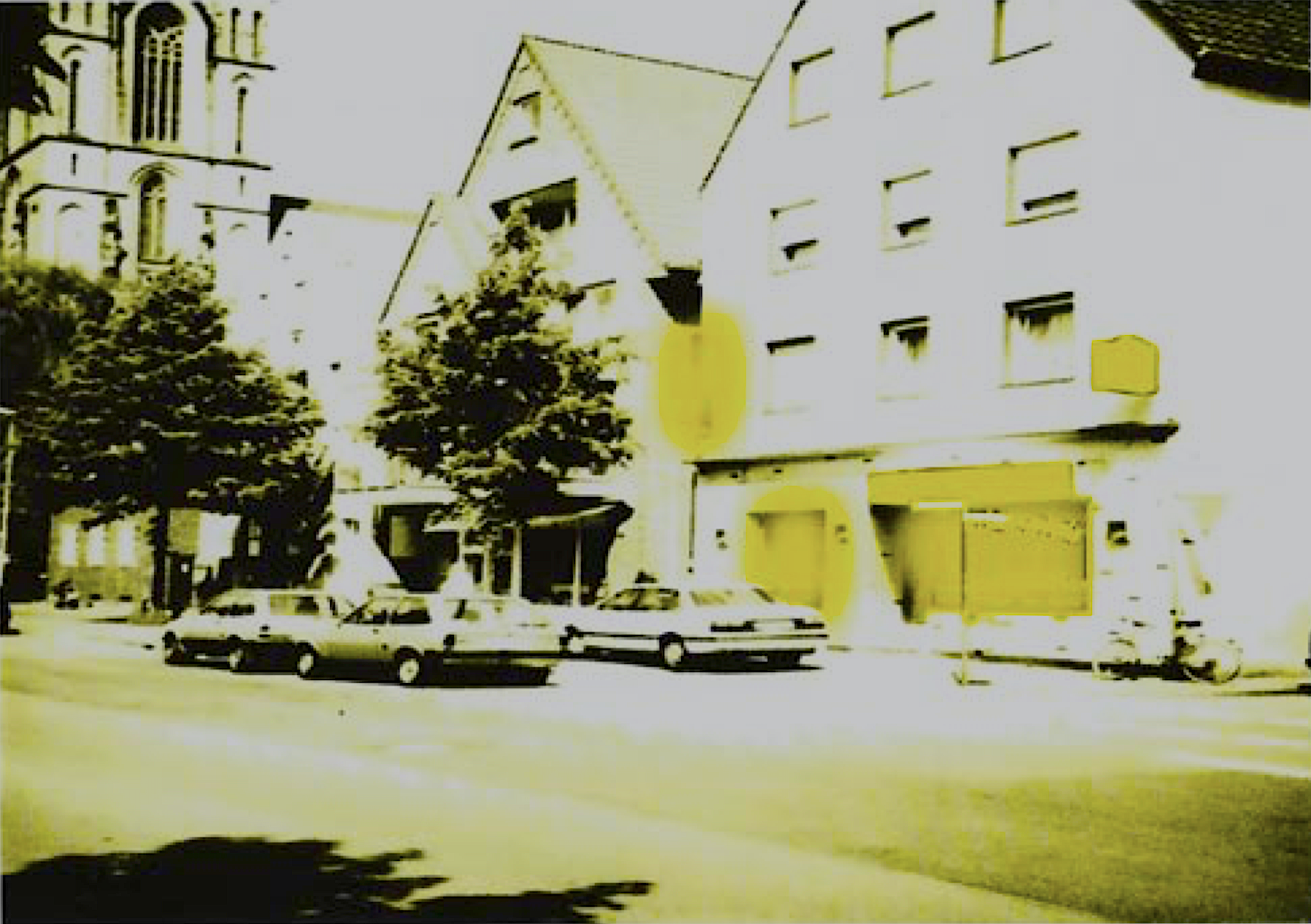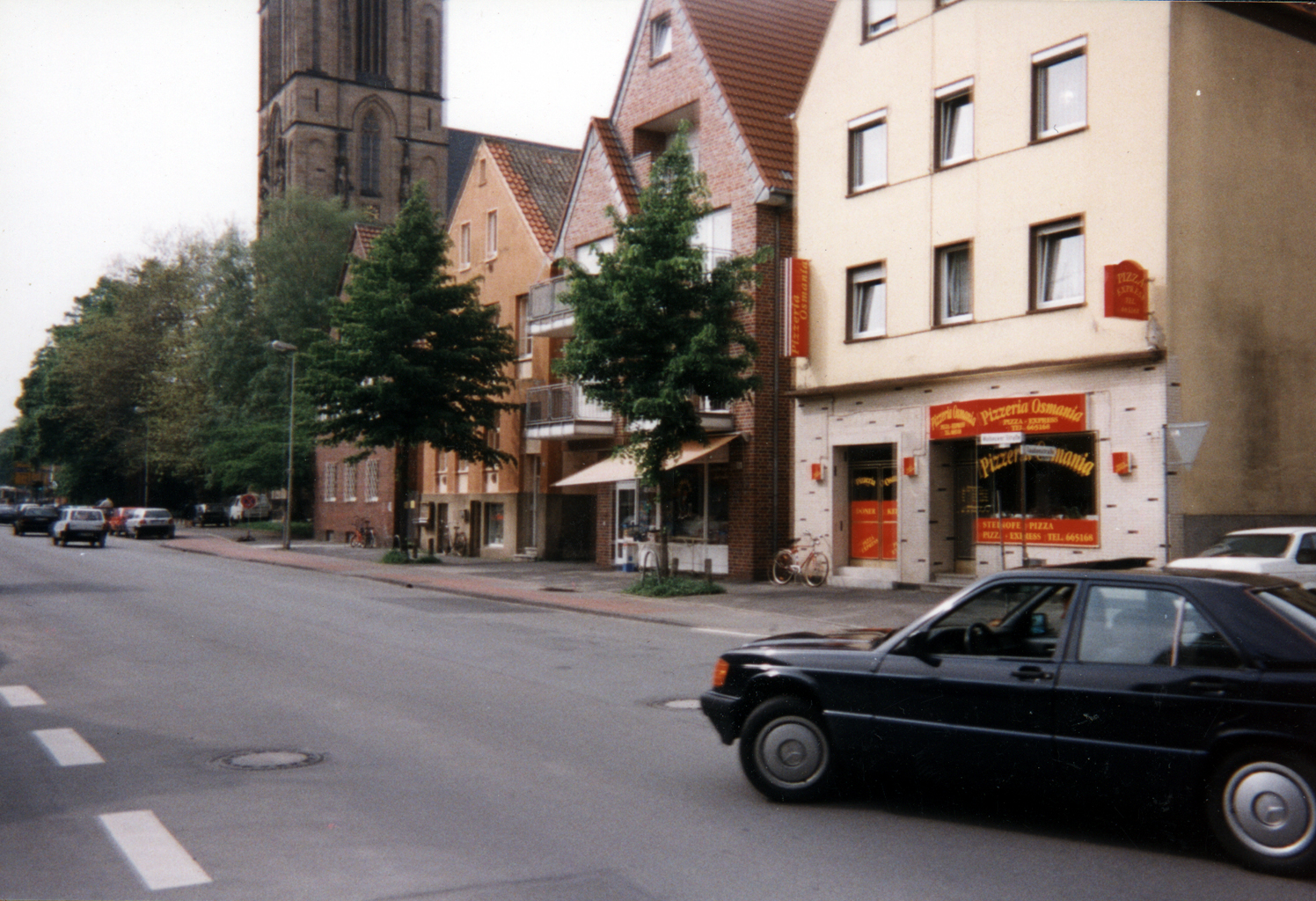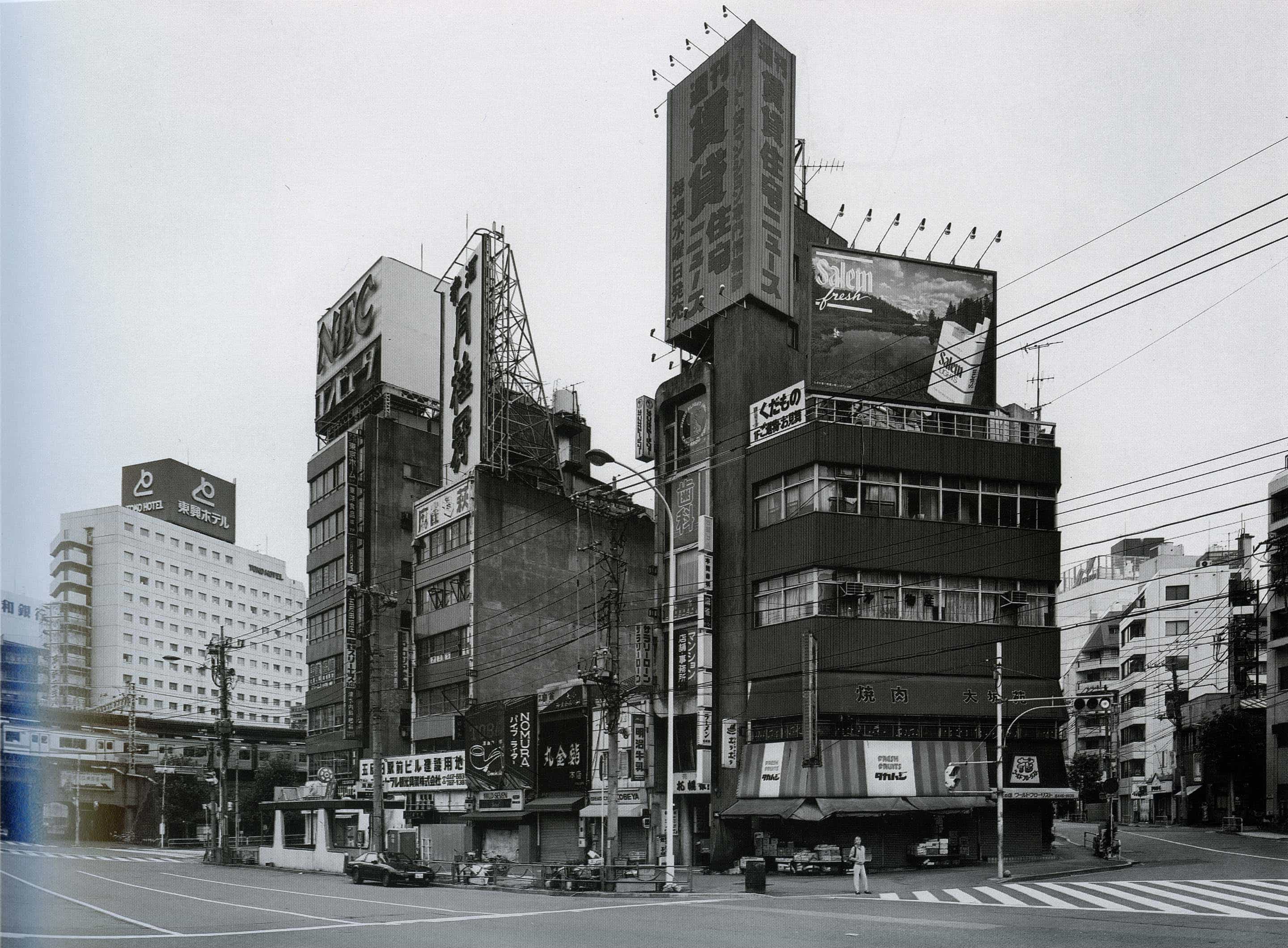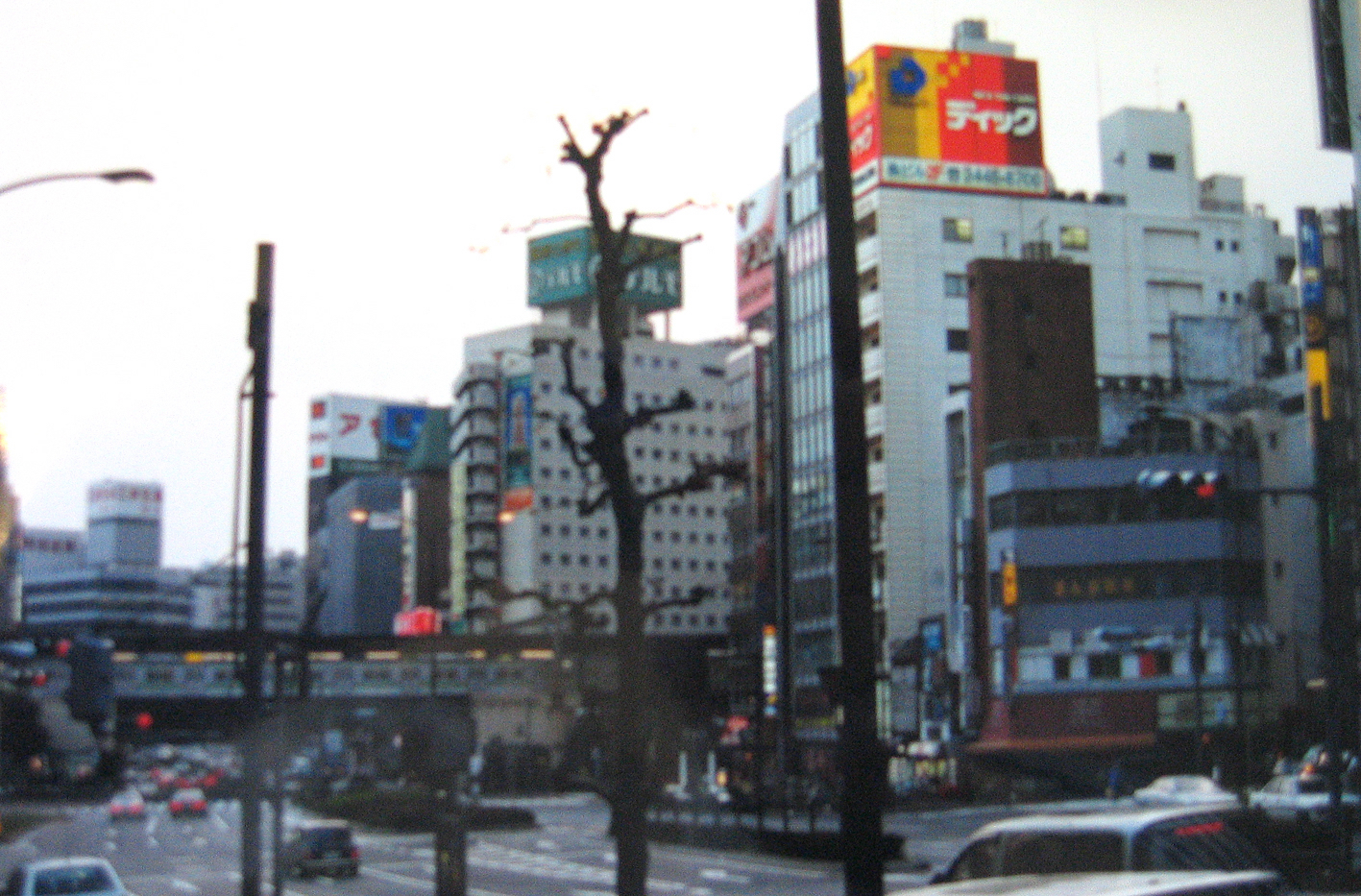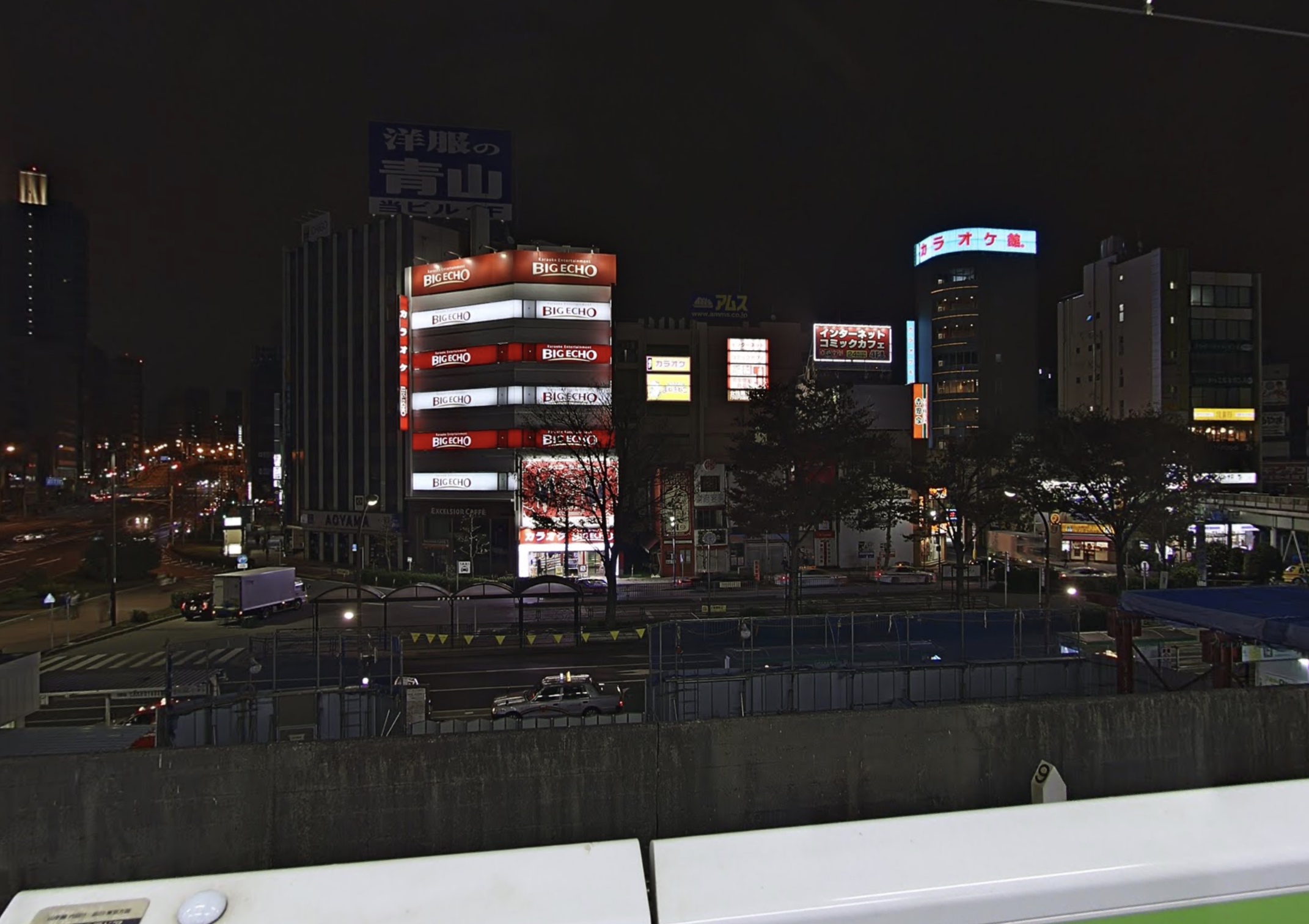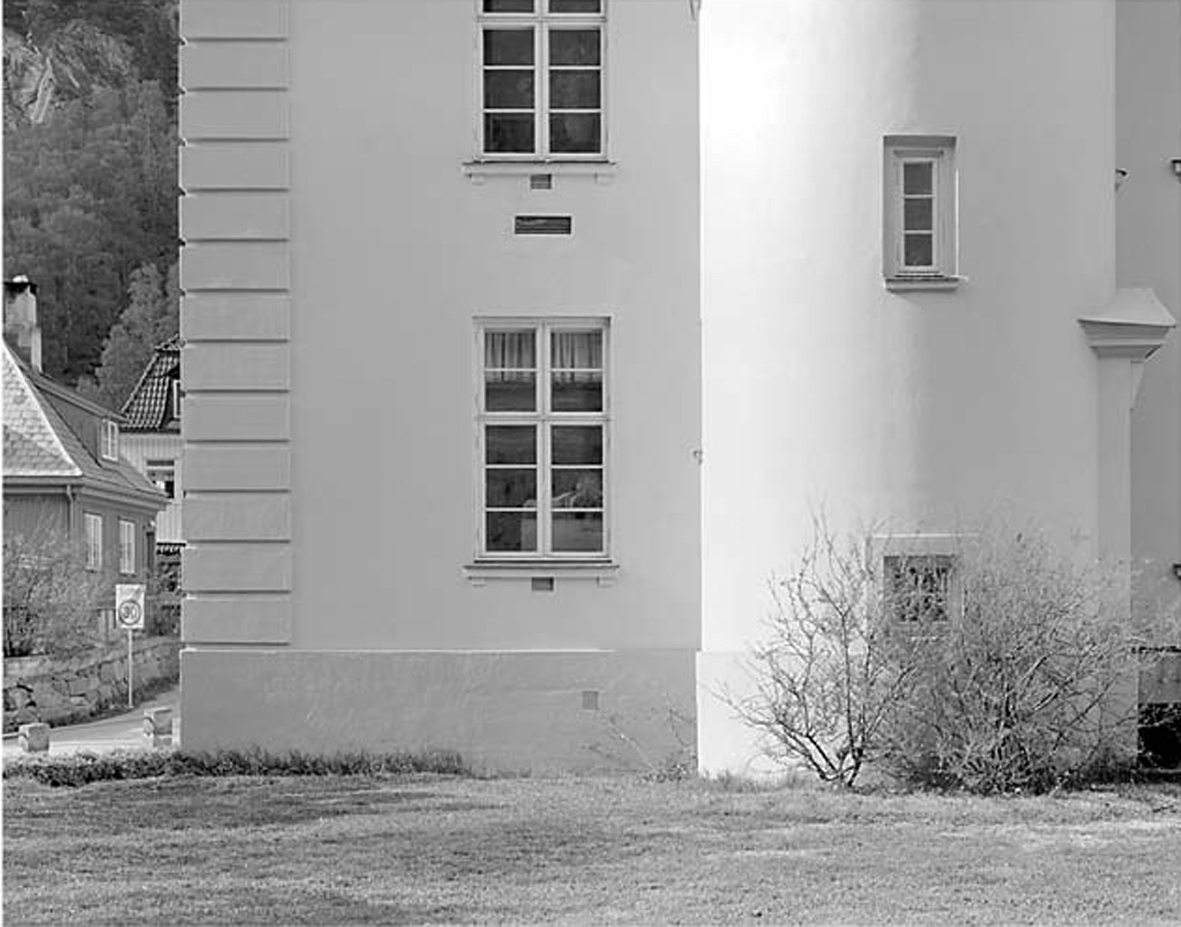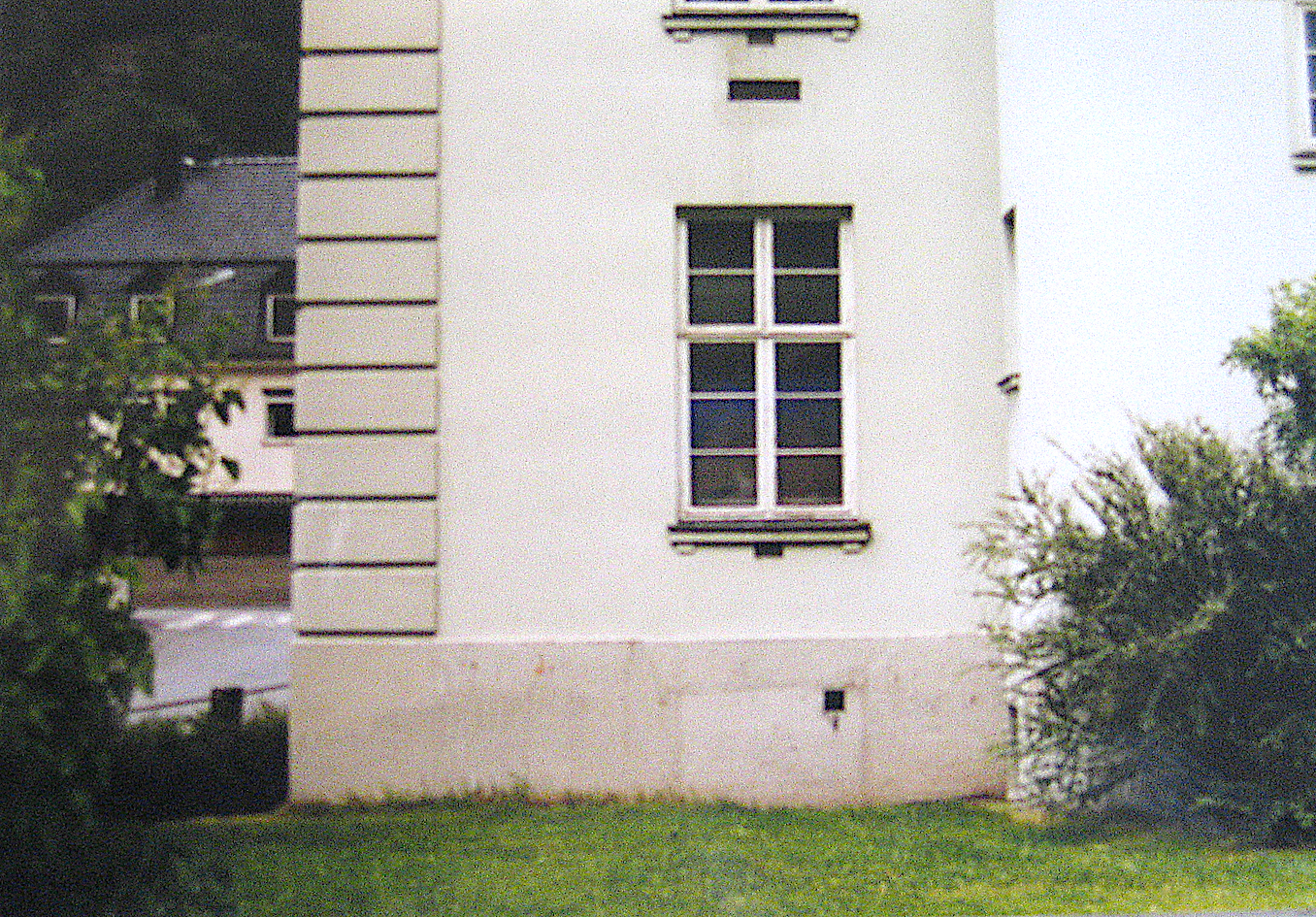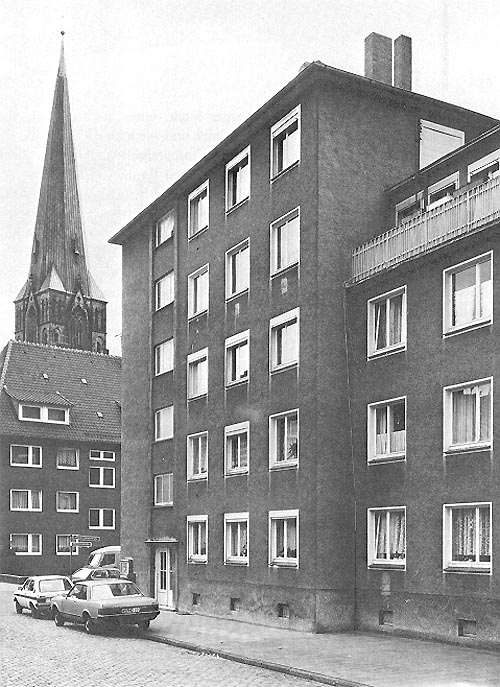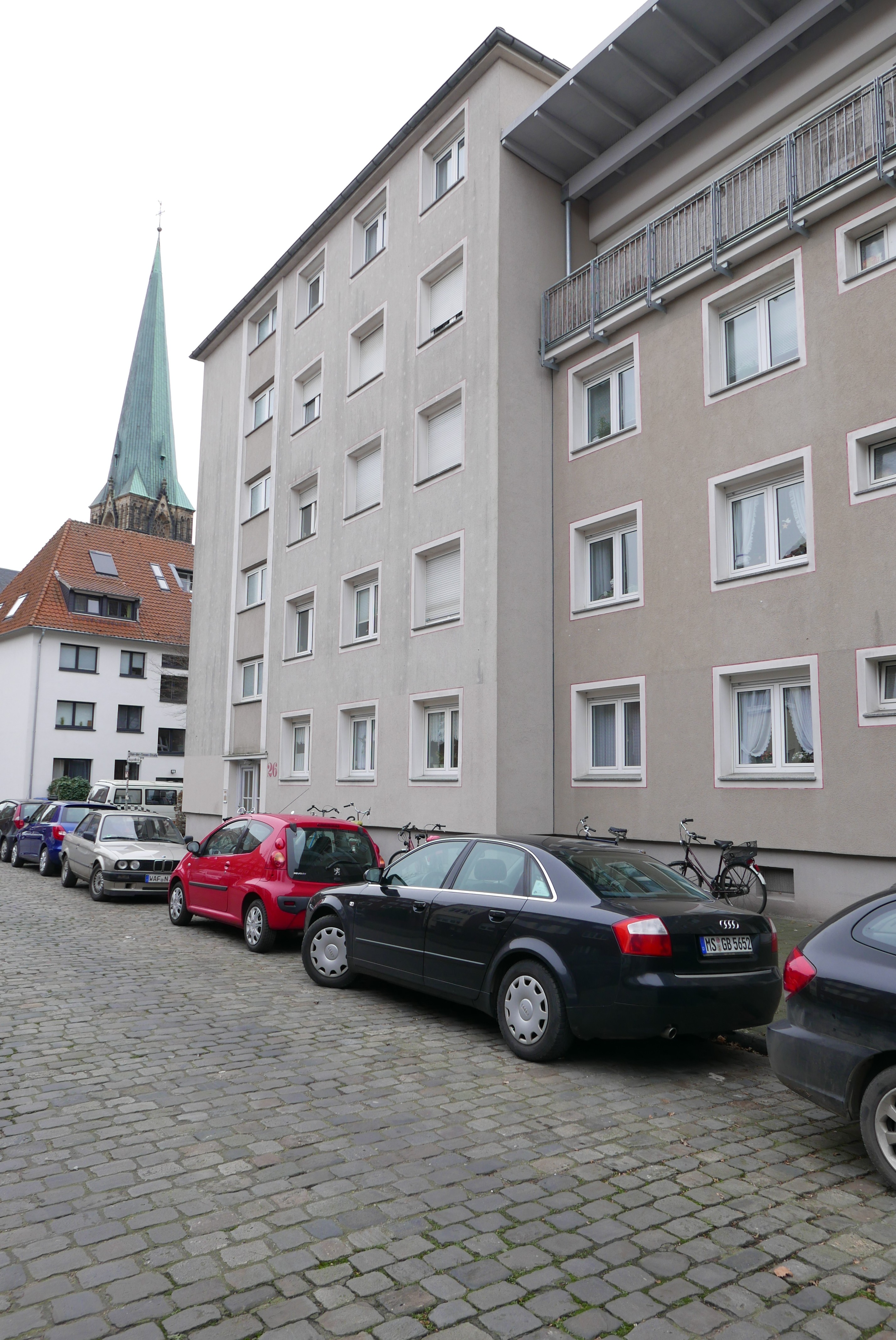I was in Münster on a mission, to develop a parasite project
These documents and photos are like bugs to my mind. They constantly return to the fore of my attention, always with an insisting "needy" request for being taken serious. So lets give it a try;
The Art Tourist
I first had an epiphany when I went to Münster the spring of 1997 to prepare for my parasite intervention with Skulptur.Projekte in Münster 1997. Because I had devoured the catalogue for the previous Skulptur.Projekte In Münster 1987, I had studied and made love with this amazing document during my studies at the academy, I knew some of the projects very well. Among my favorites were Reinhard Mucha's proposal to double the vitrine outside Westfaliches Landesmuseum and Thomas Struth's mapping of the city through his project Nacht-Projektionen; were he had taken some Becherische portraits of building structures throughout Münster, and showed them as a regular slideshow on a public wall during nights. These photos I knew very well form the book even though I had never been to Münster before.
My epiphany overwhelmed me when I walked the city of Münster to look for a proper site for my own project (Parallelle Projekte In Der Stadt Münster 1997), and i recognized Thomas Struth's photographic motifs. I felt totally exited about it and had to take a photo of the motif. Then I realized that this was exactly what people do when they visit the Trevi Foutain in Rome, only that this sight was very little known and certainly not a famous sightseeing object. Furthermore, the fact that only a very few people in the world knew about this Sight, maybe as few as 25 people including Struth and myself, mad it even more exiting.
It is now the moment to reflect on why this is.
One obvious reason is the gentle self-indulgent feeling that I got from being ordained into the exclusive (and imaginary) company of dedicated followers of the Sculpture-project. Here I was, a student of art, in the midst of Europe, discovering and including myself in the semi-secret lodge of connoisseurs of contemporary art, the few who knew this particular street view (i.e Grevener Strasse). A melancholic and self obsessed experience.
Another take is the realtime experience with Contemporary Art, a moment of amalgamation between my studies of the site specific and my actual artistic activity. I was here to intrude on Kasper Königs Sculpture Project. Uninvited, but with a great deal of chutzpah, being a young artist with a tremendously interesting project Yellow Light, that I did not have the patience to wait for its "discovery", and I was in Münster on a mission, to develop a parasite project for this summers great event. Discovering the sites and venues from the 1987 project made me feel involved and relevant.
After the Münster experience I went to other places - now being aware that I was an Art Tourist - I found other sites photographed, not only by Struth but mostly by him. I found a spot on the enigmatic city of Rjukan, where Per Berntsen had photographed the public library, I found another site in Tokyo (Gotanda) that Struth had shot several years before, in 1986.
Well, I can't figure it out. Send me an email if you can enlighten me.
Verb parasitize to live on or in a host organism as a parasite
La oss her i denne låsning av Omar Fatigues erindringer, ytterligere utdype avhengighetsforholdet mellom kunstner og kurator, slik at Omar Fatigues anarkistiske støpning ikke blir gjort til skamme. For det er ikke så enkelt som at kuratoren kun fortærer kunstneren for selv å overleve. Snarere er det kunstnerens ekstraordinære sammenblanding av negative og positive egenskaper, av infantilt pågangsmot og kunstnerisk kredibilitet, lagret i kløpperens eikefat av liv, i mange år allerede, som synes å tiltrekke den rovlystne parasitt. Eller enda mer tiltrekkende er den nye vinen, den foreløpig unge kunstneren. Og man samarbeider. I denne symbolske kannibalisme vil kuratoren etter en slik kopulasjon, gjerne forlate den utmattede og avsugde kunstner, for å se seg om etter ennå yngre og saftigere kunstnere, for å ytterligere å forøke sin egen symbolske kapital, og dermed styrke sin evne til å overleve i denne jungel av kultur og næring.
Den utmagrede kunstner står igjen med en følelse av tomhet, og selv om anerkjennelsen gjennom dette samarbeidet også for kunstneren har økt, er hennes gehalt av opparbeidede framdrifter nå blitt tappet, uten at denne, for kunstlivets uunnværlige kilde, har blitt bokført som ressurs, i utvekslingen mellom oppdragsgiver, kurator og kunstner. Denne opphentingen fra kunstnernes reservoar av ufornuftige og ulydige reflekser, er ikke behørig honorert, og kanskje er dette den usynlige skriften i kontrakten, for det er et urent spill og denne institusjonaliserte og kroniske krenkelsen var hovedgrunnen til at Omar Fatigue allerede året etter at han fullførte kunstakademiet, snudde ryggen til narrespillet og begynte å gå en annen om enn uviss vei.
Den eneste veien til sannhet var ulydighet.
Let us here within this blockage in Omar Fatigue's memories, further elaborate on the relationship of dependency between artist and curator, to not shame Fatigue's anarchist identity. For it is not as simple; that the curator devoures the artist only to survive. Rather, it is the artist's extraordinary blend of negative and positive qualities, of infantile prowess and artistic credibility, stored in the oak barrel of life, for many years already, which seems to attract the predatory parasite. Or even more appealing is the (for the time being) young artist, the new wine. And you will cooperate. In this symbolic cannibalism, the curator, after such a copulation, would leave the exhausted and aspirated artist behind, to look for even younger and juicier artists, to further increase her own symbolic capital, thus strengthening her ability to survive in this dense jungle of culture and business.
The emaciated artist is left with a sense of emptiness, and although recognition through this collaboration has increased, also for the artist, her accumulated value now been dissed, without this indispensable source for the art world having been noted as a resource, in the exchange between the client, the curator and the artist. This retrieval from the artist's reservoir of unreasonable and disobedient reflexes is not duly honored, and perhaps this is the invisible script in the contract, because it is an unclean game and this institutionalized and chronic violation was the main reason why Omar Fatigue already the year after he completed art academy, turned his back on the scam and began to go on to a different but uncertain path.
The only way to truth was disobedience.
Artist-books
The Art Tourist (2008)
Inkjet on paper, stapled
204 x 154 mm
10 sheets
Unique-TN-2640
Art-tourist Photos 1/6 (1998)
xerox copies in spiral binding.
215 x 305 mm
8 sheets + cover
Unique-TN-1070
Art-tourist Photos 3/6 (1998)
xerox copies in spiral binding.
215 x 305 mm
8 sheets + cover
Unique-TN-1080
